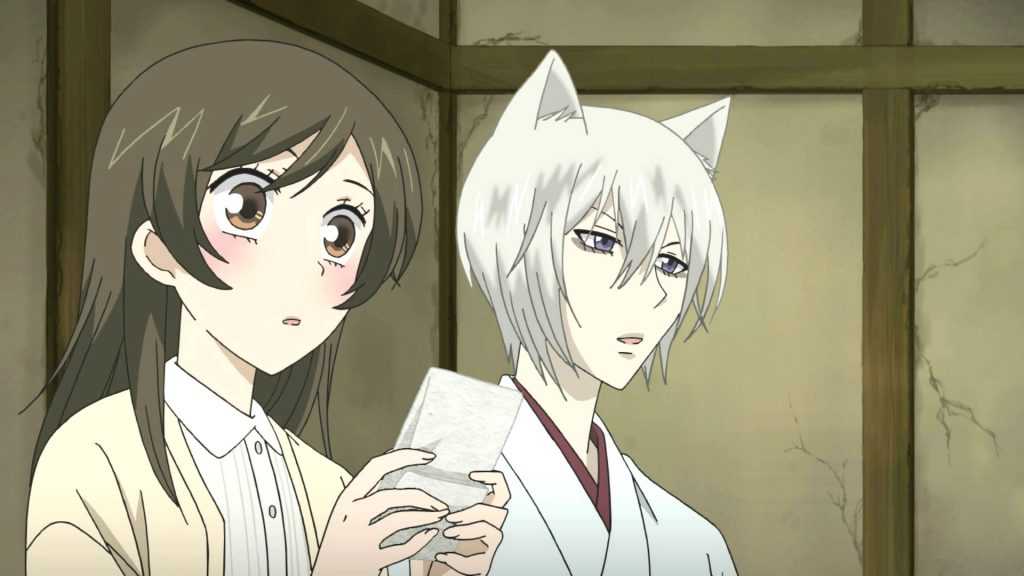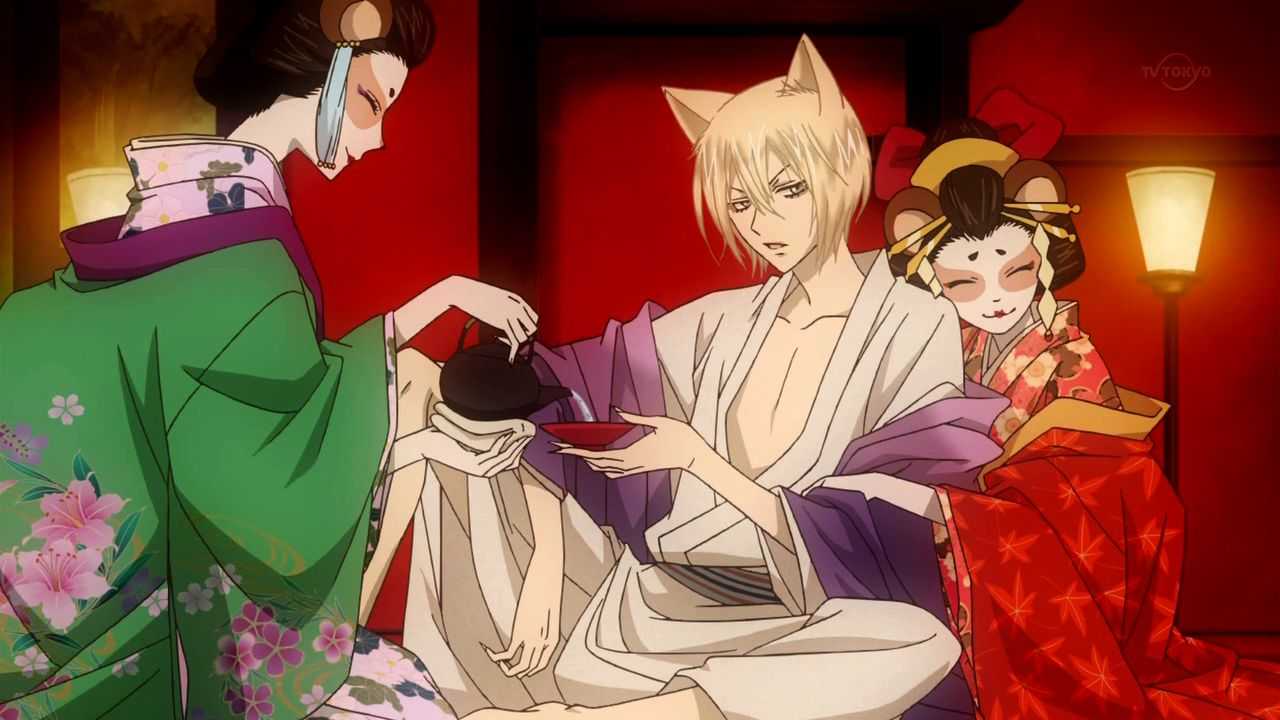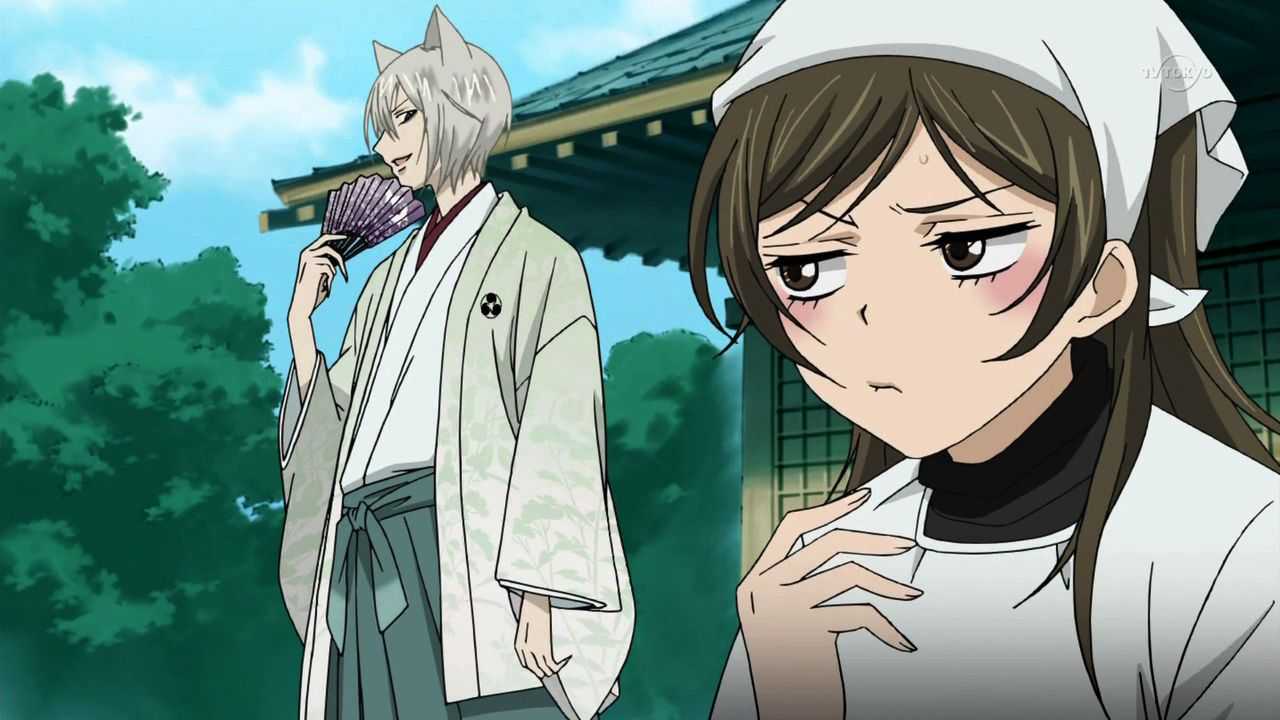Welcome back to the appointment dedicated to anime, and their comparison with manga: today we present Kamisama Kiss, by Julietta Suzuki
We have talked in previous appointments about how Japanese culture is intrinsic in magical and mystical elements. A set of sacred and profane that appears, to our eyes, well balanced and completely plausible. The stories of ghosts, demons and heroes chosen to defeat them have that melancholy and suggestive something that the Western tradition does not know. Wars are fought, above all, between monsters and demons, and even when some humans peep out, they manage to integrate perfectly into this aura of magic that permeates the earth.
If you ever get the chance to wander the streets of any Japanese city, you will notice a huge presence of shrines; each with its own history, tradition and magic. Many of these traditions are celebrated even today, thanks to priests and priestesses committed to passing on to others the secrets of a millenary history.
Today’s anime is set right inside one of these “city” shrines. Between magic and reality, the young woman’s lives intersect Nanami and the fox demon Tomoe.
Kamisama Kiss, written and drawn by Julietta Suzuki, is a shōjo manga serialized in Hana to Yume magazine from 2008 to 2016. From the comic, it is an anime series; produced by the studio TMS Entertainment under the direction of Akitaro Daichi, it aired in 2012 (while a second season is in 2015).

Trama | Kamisama Kiss at Julietta Suzuki
The father of Nanami, an assiduous gambler, one day disappears from his daughter’s life. After accumulating a huge amount of debt, he runs away leaving his daughter at the mercy of the creditors. Nanami is thus left without a home.
One evening, however, he saves a mysterious traveler named Mikage from a rabid dog. After telling him his story, as a sign of thanks, the boy gives her his accommodation. Incredulous, she goes to the indicated place, discovering that it is a sanctuary; here she is immediately welcomed by the temple keepers, Onikiri and Kotetsu, and by Tomoe, a fox demon. They discover that Mikage has chosen Nanami as the land deity of the sanctuary, and has given her his mark by naming her the new deity. Nanami is reluctant at first, but living at the shrine with Onikiri, Kotetsu, and Tomoe, she realizes how tough and difficult her position as the new Earth deity is.
As the story continues, Nanami ends up falling in love with Tomoe, but he rejects her as love between a human and a yōkai is forbidden. Despite this, even Tomoe will end up reciprocating his feelings.

Yōkai | Kamisama Kiss at Julietta Suzuki
There are many stories related to the Yōkai, the undisputed founders of Japanese mythology itself; the stories dedicated to them have the same narrative relevance that we, in the West, give to Christian parables and saints.
The importance of these supernatural figures is evident above all from the many typologies with which they appear in folkloric fiction. It ranges from wicked one, all kitsune deceivers, to snow lady yuki-onna; some possess animal parts and human parts, for example the kappa, the Tengu o la nure-onna. All, however, are almost always considered dangerous to humans, and their actions have obscure reasons. Some stories, especially the most recent, also tell of demons so much engrossed by society, that they lie with a human and conceive a half demon. Other yōkai, on the other hand, simply avoid humans and inhabit wilderness areas far away from population centers. The varieties of demons in Japanese mythology are therefore manifold; the term “yōkai” itself can come to include practically all monsters and supernatural beings, even creatures of Western mythology.
In Kamisama Kiss there are many yōkai presented, one in each episode, whose events revolve around the protagonists and their personal history. Demons returning from the past, with whom Tomoe has to deal; demons ready to take over the sanctuary or fall in love with the young Nanami. Between comic gags and hilarious sketches, Japanese folklore comes to life at 360 degrees.

Familiars and protective deities | Kamisama Kiss by Julietta Suzuki
Familiars e Protective deities they have very specific tasks: the former must make the temple habitable and take care of household chores, as well as the protection of their master; the latter, on the other hand, answer the prayers of people who come to visit the temple (according to their powers).
Nanami, however, she is a mere human. The story revolves all around this simplicity, in contrast to a world, the magical one, which has very little of it. What is striking is her stubbornness and stubborn nature, as well as her incredible ability to always put herself at the service of the place she has chosen (or has been imposed on her) to protect. All these elements, and much more, push Tomoe to accept it and finally see it for what it is: a true priestess.
Despite the references to folklore and bestiaries, the plot focuses on Nanami’s feelings and the absurd situations in which she manages to slip into. The psychology of the characters is, of course, easy to guess (but not bad for this). Nanami fully embodies the moral of the work itself: although life often does not smile at people, a little optimism and positivity can radically overturn one’s situation.

Manga and anime
The drawings of the anime are entirely based on those of the manga; treated down to the smallest detail, they clash only for one element: the excessive use of super deformed to emphasize the comic aspect of the story.
The psychology of the characters is quite thorough, mainly in the manga; even the anime, however, manages to make the atmosphere of the manga thanks to a good music sector (suitable for some scenes, especially those related to the wizarding world).
A story that has nothing original about it, although it draws very deeply from Japanese folklore. Whoever is discovering this world for the first time will find in Kamisama Kiss a great starting point.















